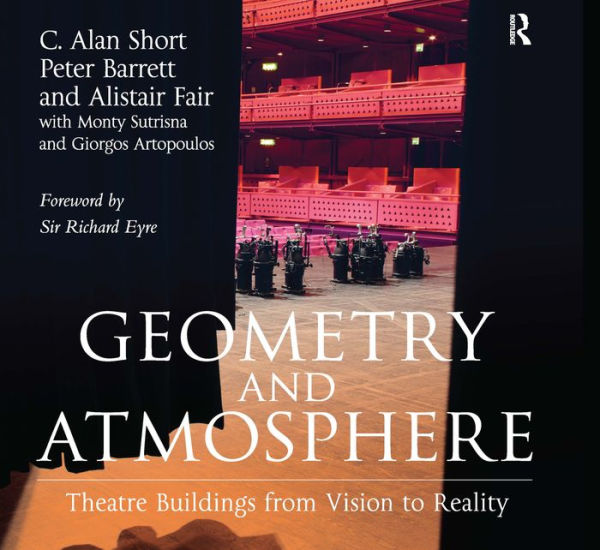Geometry and Atmosphere: Theatre Buildings from Vision to Reality
Drawing on detailed design, construction and financial histories of six prominent Performing Arts buildings with budgets ranging from £3.4 million to over £100 million, Geometry and Atmosphere presents unique and valuable insights into the complex process of building for the arts. Each theatre project, from tailor-made spaces for avant-garde companies to iconic and innovative receiving houses, yields surprising and counter-intuitive findings. For each of the six projects, the authors have interviewed all those involved. Combining these interviews with exhaustive archival research, the authors then provide cross-case analysis which is distilled into guidance for all stakeholders as they transform their initial vision into built reality. In particular, the book challenges the technical focus of existing design guides for the Performing Arts by suggesting that current practice in briefing and design does not serve the Arts community especially well. It shows that there is a need for an approach in which the focus is firmly rooted in the delivery of the driving artistic vision. As well as being of interest to architects, urban designers and those involved in theatre studies, this book will be useful to other sectors where public money is spent on major building projects.
1126500461
Geometry and Atmosphere: Theatre Buildings from Vision to Reality
Drawing on detailed design, construction and financial histories of six prominent Performing Arts buildings with budgets ranging from £3.4 million to over £100 million, Geometry and Atmosphere presents unique and valuable insights into the complex process of building for the arts. Each theatre project, from tailor-made spaces for avant-garde companies to iconic and innovative receiving houses, yields surprising and counter-intuitive findings. For each of the six projects, the authors have interviewed all those involved. Combining these interviews with exhaustive archival research, the authors then provide cross-case analysis which is distilled into guidance for all stakeholders as they transform their initial vision into built reality. In particular, the book challenges the technical focus of existing design guides for the Performing Arts by suggesting that current practice in briefing and design does not serve the Arts community especially well. It shows that there is a need for an approach in which the focus is firmly rooted in the delivery of the driving artistic vision. As well as being of interest to architects, urban designers and those involved in theatre studies, this book will be useful to other sectors where public money is spent on major building projects.
180.0
Out Of Stock
5
1

Geometry and Atmosphere: Theatre Buildings from Vision to Reality
294
Geometry and Atmosphere: Theatre Buildings from Vision to Reality
294Related collections and offers
180.0
Out Of Stock

Product Details
| ISBN-13: | 9780754674047 |
|---|---|
| Publisher: | Taylor & Francis |
| Publication date: | 01/28/2012 |
| Pages: | 294 |
| Product dimensions: | 10.06(w) x 9.25(h) x (d) |
About the Author
From the B&N Reads Blog
